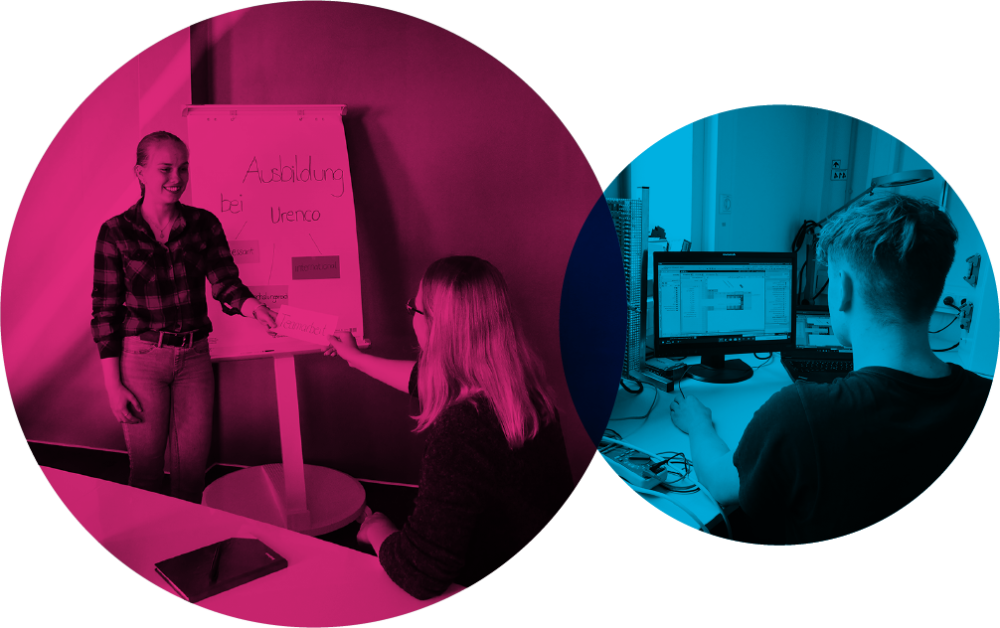Drag the items in order of electricity they use in one hour:
Drag the items in order of electricity they use, from typical use in one year:
The CO2 Energy Game
Drag the items in order of electricity they use in one hour:
Drag the items in order of electricity they use, from typical use in one year:
-
What is an atom?
An atom is like a tiny building block that makes up everything around us. Imagine if you took a toy block and broke it into smaller and smaller pieces, until you couldn’t break it any more. Those tiniest pieces are atoms. They’re so small that you can’t see them with your eyes, but they’re what everything is made of!
-
Have you ever heard of a centrifuge?
A centrifuge is a special spinning machine that spins things really fast to separate them into different parts. Centrifuges are used in the process of making nuclear energy by separating uranium so the more useful ‘enriched’ parts can be collected. Its force is like when you’re on a rollercoaster and you’re glued to your seat.
-
Have you ever heard of a nuclear fuel rod?
This is a special tube which contains pellets of enriched uranium. Fuel rods are used in a machine called a nuclear reactor and are usually heated in water to cause a reaction creating heat and steam which turns a turbine and produces environmentally clean, sustainable energy.
-
Can you guess how big one nuclear fuel pellet is?
One nuclear fuel pellet is about the size of your fingernail. This tiny little pellet of nuclear fuel can power an electric car to drive 20,000 miles. That’s the same as going around the whole Earth!
-
What is nuclear energy?
Nuclear energy is made by splitting atoms of a metal called uranium, which makes huge amounts of energy that can be used to make electricity.
-
Did you know that nuclear energy is always on and ready to go?
Nuclear power can provide electricity 24 hours a day, 7 days a week, 365 days a year no matter what the weather is like.
-
Did you know that nuclear energy is one of the best ways to fight climate change?
Along with renewable energy, like wind, solar and hydro power, nuclear power is a clean source of energy that does not produce lots of carbon dioxide, which can harm our Earth.
-
Did you know that nuclear energy is helping us reach a climate goal called net zero?
Climate change is happening because we are producing lots of greenhouse gases - these are gases in the earth’s atmosphere (like carbon dioxide) which trap heat and act like the walls of a greenhouse, warming the temperature of the Earth. To stop global warming, we need to reach a goal known as net zero, where the amount of greenhouse gases going into the atmosphere is the same as the amount of greenhouse gases being taken out of the atmosphere.
Nuclear power plays an important part in reducing global warming by providing reliable, low carbon, clean energy, alongside other renewable sources of electricity. This means nuclear energy is balancing the amount of pollution it makes with the amount it cleans up. And the nuclear industry has already saved a huge amount of pollution – 70 billion tonnes of CO2 globally!
-
What is an atom?
An atom is like a tiny building block that makes up everything around us. Imagine if you took a toy block and broke it into smaller and smaller pieces, until you couldn’t break it any more. Those tiniest pieces are atoms. They’re so small that you can’t see them with your eyes, but they’re what everything is made of!
-
What is nuclear energy?
Nuclear energy is made by splitting atoms of a metal called uranium, which makes huge amounts of energy that can be used to make electricity.
-
Have you ever heard of a centrifuge?
A centrifuge is a special spinning machine that spins things really fast to separate them into different parts. Centrifuges are used in the process of making nuclear energy by separating uranium so the more useful ‘enriched’ parts can be collected. Its force is like when you’re on a rollercoaster and you’re glued to your seat.
-
Did you know that nuclear energy is always on and ready to go?
Nuclear power can provide electricity 24 hours a day, 7 days a week, 365 days a year no matter what the weather is like.
-
Have you ever heard of a nuclear fuel rod?
This is a special tube which contains pellets of enriched uranium. Fuel rods are used in a machine called a nuclear reactor and are usually heated in water to cause a reaction creating heat and steam which turns a turbine and produces environmentally clean, sustainable energy.
-
Did you know that nuclear energy is one of the best ways to fight climate change?
Along with renewable energy, like wind, solar and hydro power, nuclear power is a clean source of energy that does not produce lots of carbon dioxide, which can harm our Earth.
-
Can you guess how big one nuclear fuel pellet is?
One nuclear fuel pellet is about the size of your fingernail. This tiny little pellet of nuclear fuel can power an electric car to drive 20,000 miles. That’s the same as going around the whole Earth!
-
Did you know that nuclear energy is helping us reach a climate goal called net zero?
Climate change is happening because we are producing lots of greenhouse gases - these are gases in the earth’s atmosphere (like carbon dioxide) which trap heat and act like the walls of a greenhouse, warming the temperature of the Earth. To stop global warming, we need to reach a goal known as net zero, where the amount of greenhouse gases going into the atmosphere is the same as the amount of greenhouse gases being taken out of the atmosphere.
Nuclear power plays an important part in reducing global warming by providing reliable, low carbon, clean energy, alongside other renewable sources of electricity. This means nuclear energy is balancing the amount of pollution it makes with the amount it cleans up. And the nuclear industry has already saved a huge amount of pollution – 70 billion tonnes of CO2 globally!

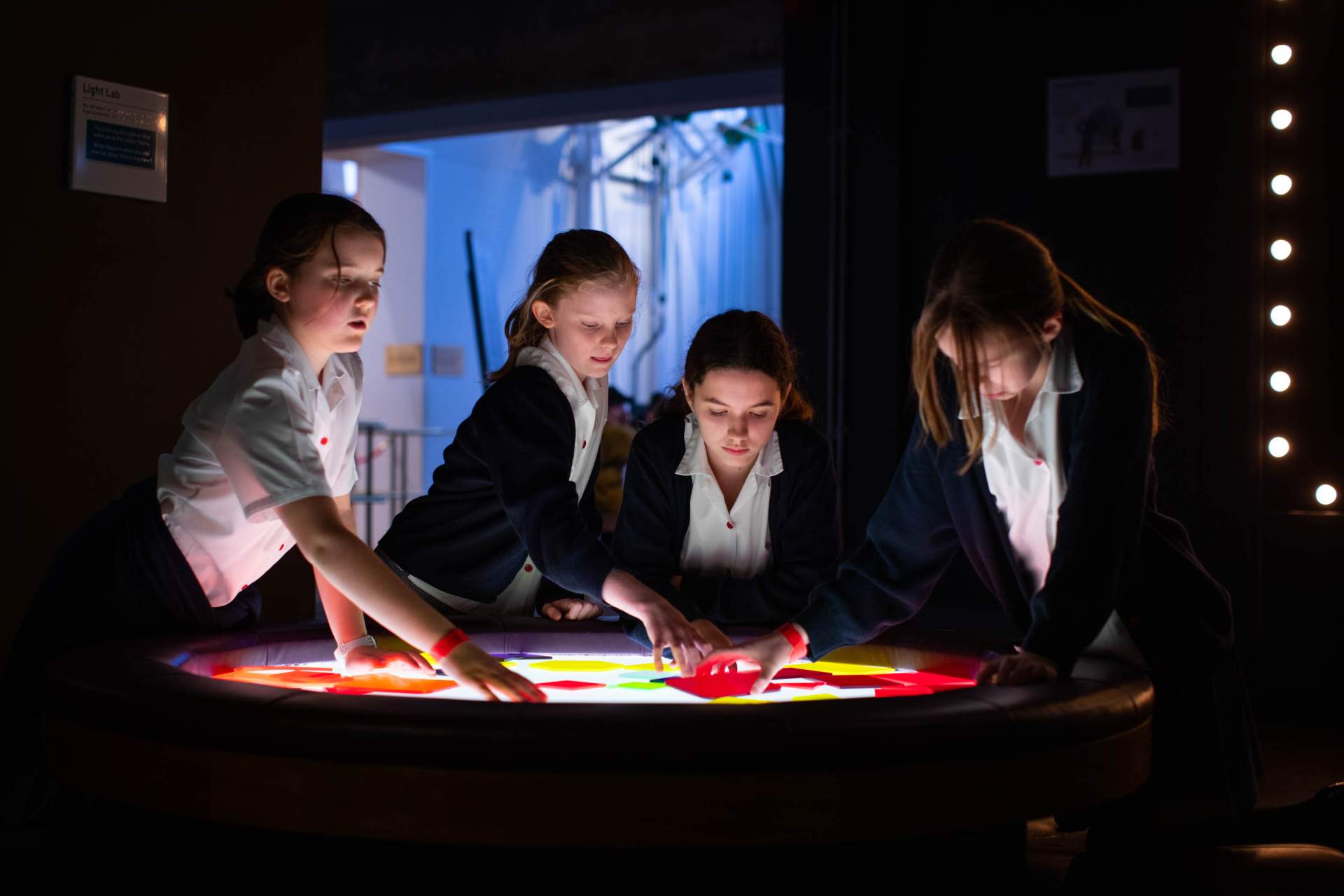
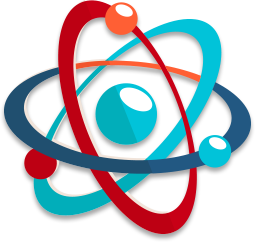


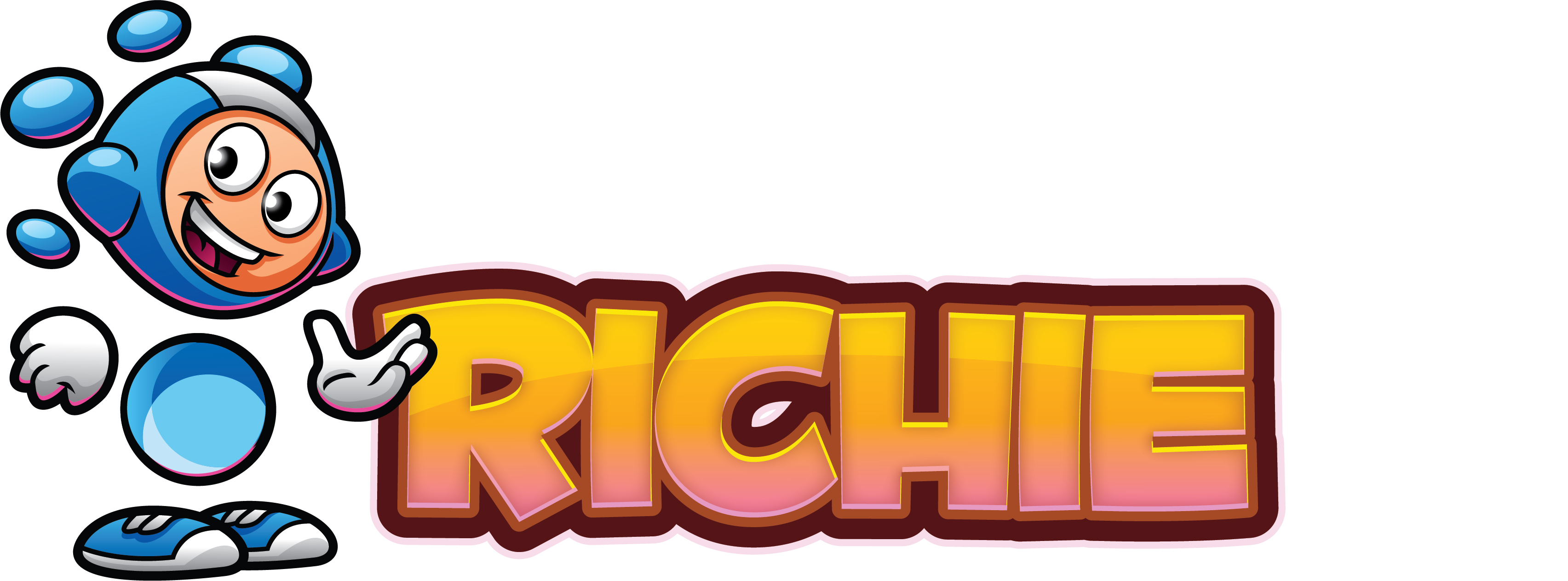
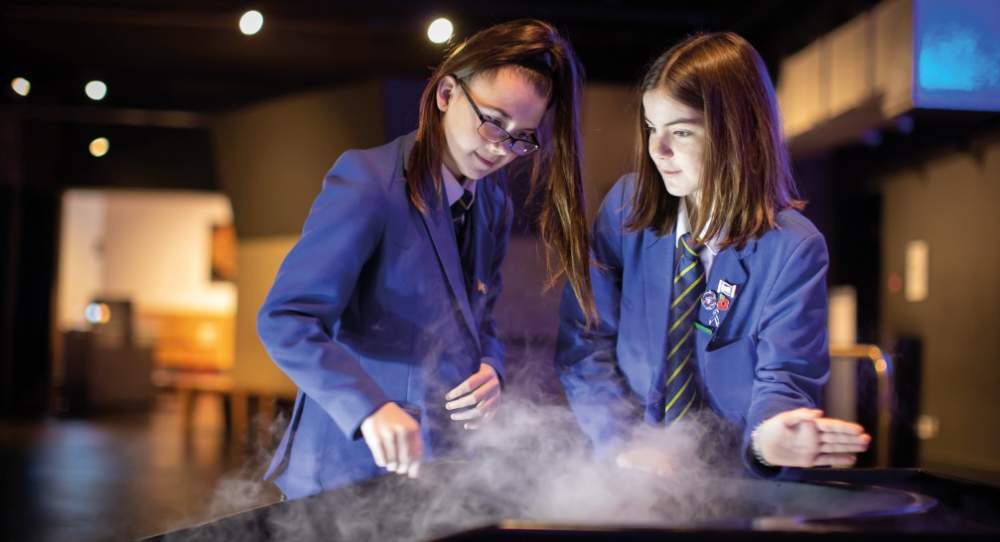

 If you already have a favourite area, whether it's science, technology, engineering or maths, that’s great! But if you’re not sure which you prefer, it can be hard to decide which subjects to study – this is where you can speak with your teachers, careers advisors or parents for advice.
If you already have a favourite area, whether it's science, technology, engineering or maths, that’s great! But if you’re not sure which you prefer, it can be hard to decide which subjects to study – this is where you can speak with your teachers, careers advisors or parents for advice. 